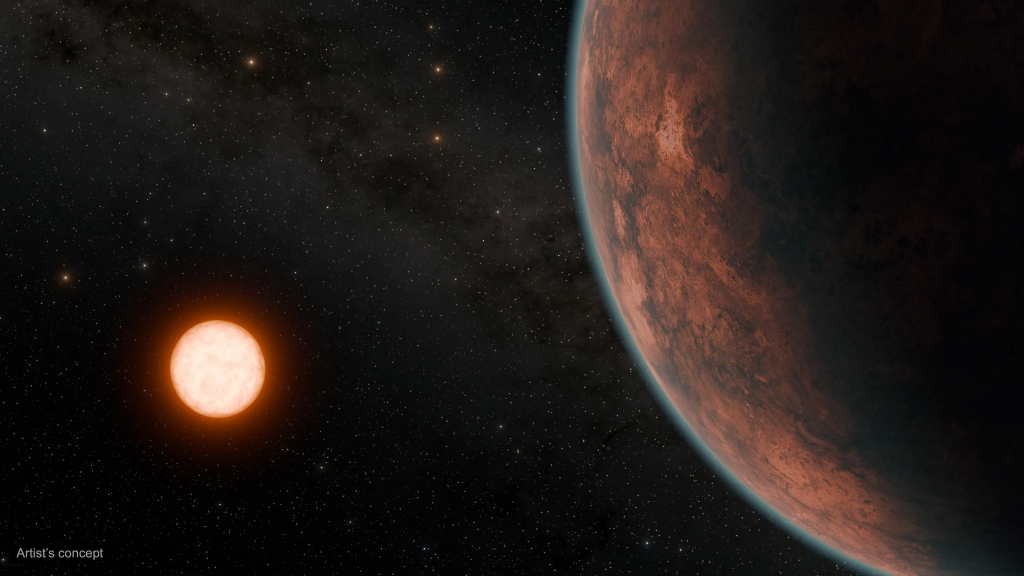





Source: DownToEarth
Disclaimer: Copyright infringement not intended.
Context
Details
Physical Characteristics
Star Characteristics
Scientific Significance
Future Research
Sources:
|
PRACTICE QUESTION Q. Which of the following methods is commonly used to detect exoplanets? A) Direct imaging B) Radial velocity method C) Transit method D) All of the above Answer: D) |





© 2025 iasgyan. All right reserved